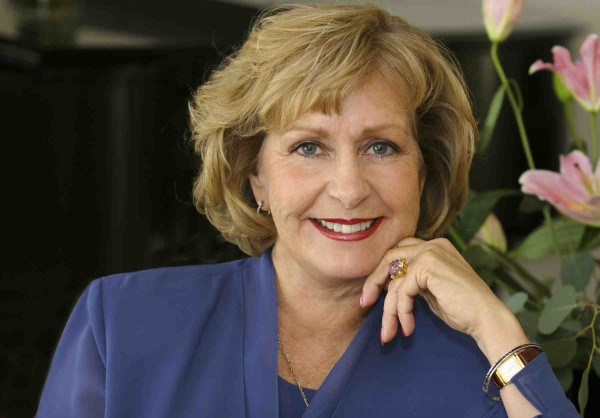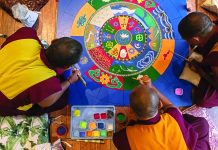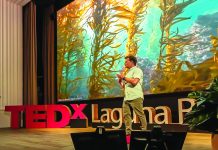How We See Is Our Responsibility

I cherish the wealth of new information my daughters and grandkids gleaned about how they see their world. The habit of taking selfies is commonplace now, so I also get the benefit of great photos. It is also possible to use filters to enhance any self-portrait they take.
My daughter Jennica made an insightful comment the other day. “I wish someone would come up with glasses that would filter out any imperfections so everyone would look great,” she said.
What if we already have that capability? What if all that is needed to change our vision of others is to change the filters that we unknowingly use?
We commonly think others are distant and, therefore, apart from us. What if we change our filter to openness, receptivity and welcoming as we see who and what surrounds us? The opposite of this kind of seeing is staring intrusively or dismissively because we think we’ve already seen and know this person, place or thing.
Here are some of the more common habits of seeing that shackle us to internal states of emotional distress and upset.
When we see our world through a fear filter, we become hyper-vigilant. We are wary of any potential damage through outside attacks. We use our vision to define and frame our world. We judge everything as right, wrong, good or bad. We use a judgmental eye to separate, exclude and distance ourselves from imagined danger. As a result, we become relentless and unforgiving. We lose the ability to forgive, and sadly, we are equally harsh with ourselves.
When we narrow our vision through stored-up resentment, everything is seen begrudgingly. Who we are or what we have is never enough. The resentful eye is often partnered with jealousy.
When we see through the filter of inferiority, we look outside ourselves to compare and contrast instead of taking true ownership of our talents and gifts. We turn a blind eye to our own unique beauty.
When we have weathered hard times, indifference can sneak up as an ineffective defense that can freeze our imagination and keep us out of touch with the softer side of living. We lose our ability to surrender to our need to heal. We unwittingly choose to deny our need for self-compassion and self-love.
Our vision is at the core of our personal power and creativity. When we become aware of our habitual ways of seeing, our task is to embrace the beautiful gifts our present life secretly holds. The art of seeing with loving eyes creates a climate of rich possibilities for authenticity. We can finally see beyond superficial appearances. We become bright-eyed because we are open and receptive to self-change. When we let go of restrictive ways of filtering our vision, we lighten and brighten our ability to effect deep and lasting changes in how we see our world.
We become autonomous and free because we let go of looking up or looking down. We let go of inflating or reducing ourselves or others. We look everyone in the eye as a validation that we are open and receptive to new opportunities for connection, creation and lovingkindness.
A hot topic shared by many internet ‘influencers’ is the art of manifestation. The claim is that you simply need to declare what you want. This creates a shift from holding on to unpleasant past experiences and is an excellent starting point. A higher level of seeing is the willingness to allow the best life has to offer to come to us by cultivating the art of receptivity to the softer side of life. The path to increased self-actualization is the realization that how we see and what we see determines how and who we will be.
Susan is a local author and facilitator with more than 40 years of experience in the Human Potential Field. Connect with her at susanvelasquez.com.




